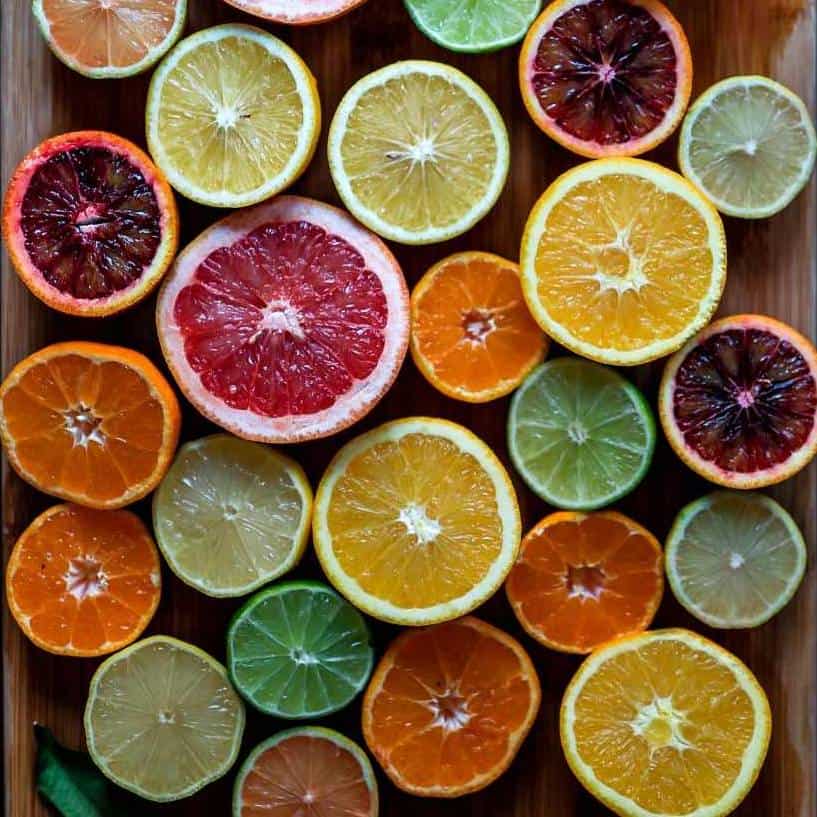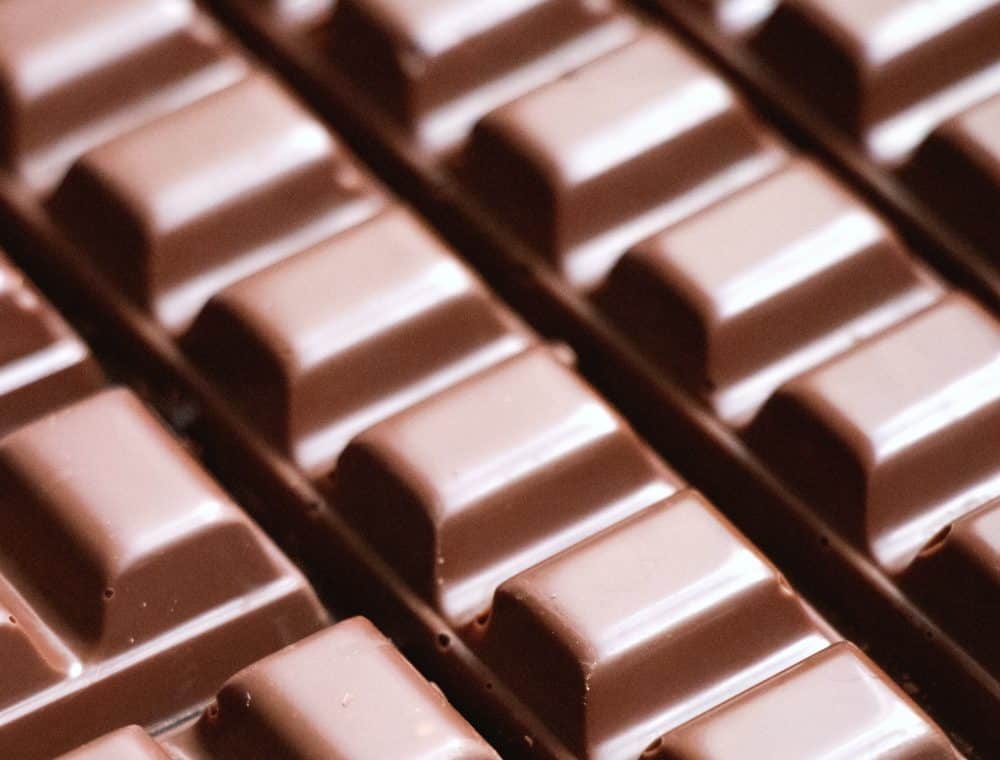From the origin of cocoa
Researchers now agree: the first cocoa trees grew in the Amazon region in Ecuador - as early as 5,300 years BC. Chr.! And so it is not surprising that Ecuador has a long and exciting cocoa history. In its heyday in the 19th century, Ecuador was the world leader in cocoa exports . The plant disease with the funny-sounding name 'witches' broom' was anything but fun for Ecuador: While Ecuador was one of the largest exporters in 1915 with 40,000 tons, in 1925 less than 15,000 tons of cocoa were left for export due to the diseased trees. No wonder that after this experience, Ecuador diversified the cultivation of cocoa and began to cultivate a cultivated one – CCN-51 – in addition to the native variety. In contrast to this is the 'rebirth' - the renewed cultivation - of Arriba Nacional . The strain is known for low yields but also an incredibly rich, floral, nutty flavor. Thanks to small, often indigenous farming families, this variety has been continuously cultivated and protected from crossbreeding with other varieties by remote permaculture farms.
We really wanted to get the full picture and see everything that Ecuador has to offer in terms of cocoa. Our agenda therefore included both small and large chocolate manufacturers, perma and monoculture farms and of course trying all cocoa-based foods that we could get our hands on - or between our mouths and palates.
 The origin: the cocoa fruit
The origin: the cocoa fruit
Quito: An eventful start
We started our tour in the capital Quito. A city that is actually known for its variety of cocoa and chocolate. We were prepared for many challenges: mosquitoes, malaria, stomach problems. But things turned out very differently than expected: the country was almost completely paralyzed by protesters, and lockdown was the order of the day in Quito . We still managed to visit one of the numerous Pacari shops in the hip district of 'La Floresta' and get a nice view of the city. But as real cocoa adventurers, we naturally wanted to go straight to the source, to the cocoa farms. And so, after almost two days, we made our way to Guayaquil. On-the-go snack
On-the-go snack
Guayaquil: The cocoa hub of Ecuador
Just frozen in Quito at 14 degrees and rain, the port city of Guayaquil welcomed us with a tropical 31 degrees. After a night in Guayaquil we finally went to the first organic cocoa farm early the next morning. On the way to the cocoa farm we saw how the vegetation changes. Everything became greener and we could see more and more cocoa trees lining the streets to the left and right. When we finally arrived , Emilio and his team gave us a very warm welcome .

After a few hours on the farm, the first highlight: We were allowed to taste our first fresh cocoa pulp ! What is everyday life for the cocoa farmers was a great new experience for us! So we sucked the white pulp, which is reminiscent of lychee and tropical fruits in terms of mouthfeel and taste , from the cocoa beans. We were and are enthusiastic about the full flavor and the amazing freshness of Emilio's cocoa pods. An exciting day with many impressions and new knowledge about organic cocoa cultivation.
A day later we were back in Guayaquil to meet young Ecuadorian chocolatier Daniel Ampuero at his small bean-to-bar factory. He has made a name for himself well beyond the borders of Guayaquil and regularly works with Emilio to develop new cocoa creations. We spoke to him about the (still small) bean-to-bar scene in Ecuador and were able to try his new types of chocolate.
The next day Andres and Stefanie took us to their organic farm Hacienda Victoria, which is also near Guayaquil. The farm is right next to Emilio's and yet it follows a different approach: only Arriba Nacional is grown here. We were particularly impressed by the sophisticated fermentation process.
 Cut test cocoa beans
Cut test cocoa beans
Based on many tests, the Andres team created an impressive single estate blend of three different Nacional varieties. To try these, we visited the Victoria Test Lab together, where we were served the samples in small cups. The still warm 100% cocoa melted on our tongues and the typical fruity notes came to light immediately.
 Tasting of the fresh chocolate mass
Tasting of the fresh chocolate mass
The next day we continued to Manta, a small port town on the western coast of Ecuador. Due to the tense political situation, we drove the route from Guayaquil to Manta, in the Manabi region , with one driver – Carlos. The region is of great importance to us because the genetic traces of the first cocoa trees were found there. So we were incredibly excited and couldn't wait to visit cocoa trees in their "original" environment.
 One of the oldest "wild" cacao trees
One of the oldest "wild" cacao trees
Manta: Picturesque coastal town
“ My grandfather already lived in Manta, my family is a family of cocoa farmers. Today my uncle Leonardo owns a large cocoa farm. I get the cocoa for my chocolates directly from him. Practically tree-to-bar chocolate. “, is how Susana describes her long relationship with cocoa. For us , Manta was the starting point for visits to cocoa farms in Manabi for the next few days . On the first morning we drove together with Susana to her uncle Leanardo. He runs his father's cacao farm and greeted us with good news: in addition to his farm, he also showed us wild cacao trees in the backcountry. Trees over 100 years old . We hiked about an hour across the farm and eventually into the woods. The nature was beautiful and the cocoa trees blended into the forests in such a way that we only realized at second glance that they were cocoa trees. It's hard to believe that the trees are so old and still bear cocoa fruits. At sunset, when the sea was already glowing in reddish colors, we drove back to Manta.
 Visiting Leonardo's farm
Visiting Leonardo's farmBack to the roots: Piedra de Plata
Already at 5:30 a.m. the next morning we continued. Despite the distance of only 80 km, the drive took more than three hours due to the road conditions. But our driver Ramiro mastered every pothole with great precision and there was so much to see anyway that we looked out of the windows spellbound. Traders: inside at the roadside, cows, donkeys and a diverse vegetation. And, the closer we got to the farm, the greener it got! Shortly before our arrival we picked up Mishel from To'ak, who showed us around the farm.As soon as we arrived we were greeted by beaming cocoa farmers Don Fébres and Don Divino. And they had every reason to smile, because since researchers published an article in Nature in 2018 locating the origin of cocoa in Ecuador, interest in your permaculture farm has increased enormously. And so the two were very happy about our visit that day and proudly showed us the 130-year-old trees that, genetically proven, are related to the world's first cocoa trees .
 In search of the most original cocoa trees
In search of the most original cocoa treesIt was foggy and there was a magical atmosphere amidst the trees, which was only topped when Don Divino let us taste one of the original cocoa pods. An incredibly fine taste! This pulp also tasted intensely of lychee , but complemented by subtle notes of bananas, honey and flowers . Mishel, Don Divino and Don Fébres continued to show us around the farm, where we learned a lot about their mixed cultures and were able to taste delicious mandarins.
The time flew by and finally we were allowed to visit a very special place: In a small hut, the farmers are doing their own chocolate experiments. Here we were able to taste already fermented beans and were honestly surprised. Even though they have a tiny fermentation station on site, the cocoa beans were incredibly tasty. Perfectly balanced, with floral, fruity and nutty notes so well balanced that To'ak processes them into the world's most exclusive chocolates. When we got back to Manta in the evening, we learned that the nationwide strikes had ended and that an agreement had been reached. For us, the agreement came just in time because we wanted to go back to Quito the next day.
 Piedra de Plata from above
Piedra de Plata from aboveChocolate flights of fancy in Quito
Back in Quito, the city showed us a completely different side. The sky was blue and the Spanish colonial houses shone brightly in bright colors. In keeping with the good mood , we visited the To'ak team in their pretty office in La Floresta . We were introduced to the alchemical secrets of To'ak by co-founder Dennise and then got to sample the latest creations. We are amazed by the perfection, dedication and deep love of the To'ak team for Ecuadorian cocoa! Visiting To'ak
Visiting To'akWith lots of ideas and great enthusiasm for the country, people and above all Ecuadorian cocoa in our luggage, we flew back after almost two weeks. And even if we don't want to reveal too much yet, we'll just say one thing: you can be curious! 2023 will be even chocolatier!



